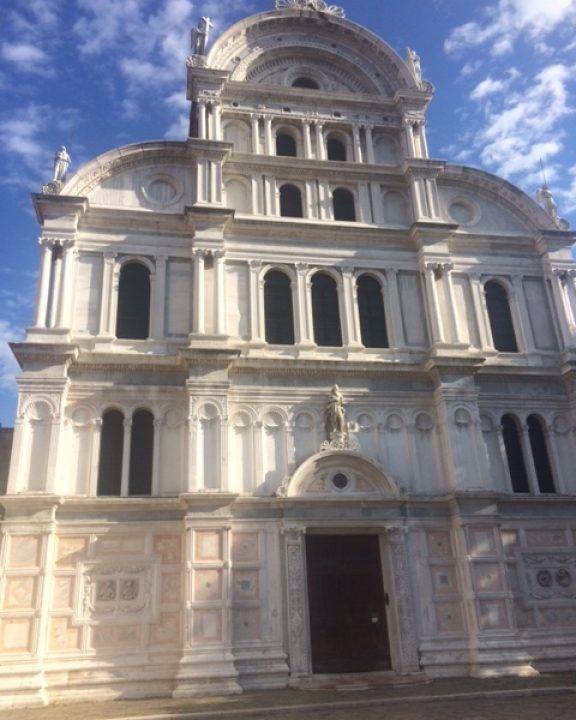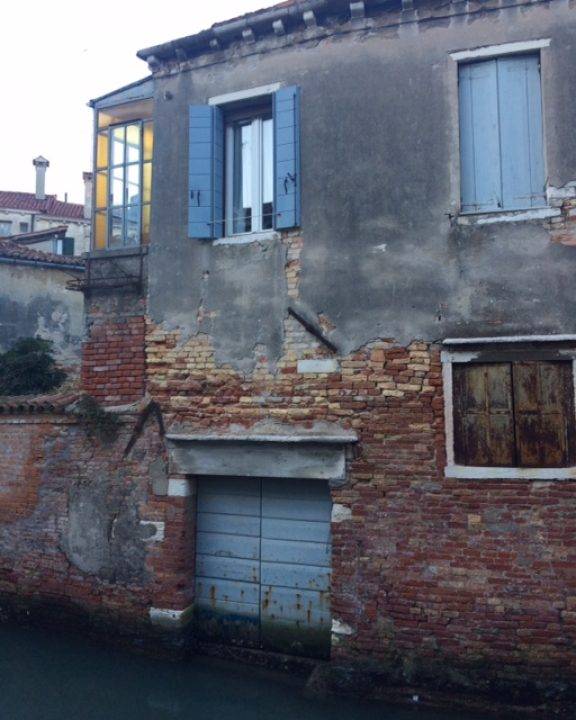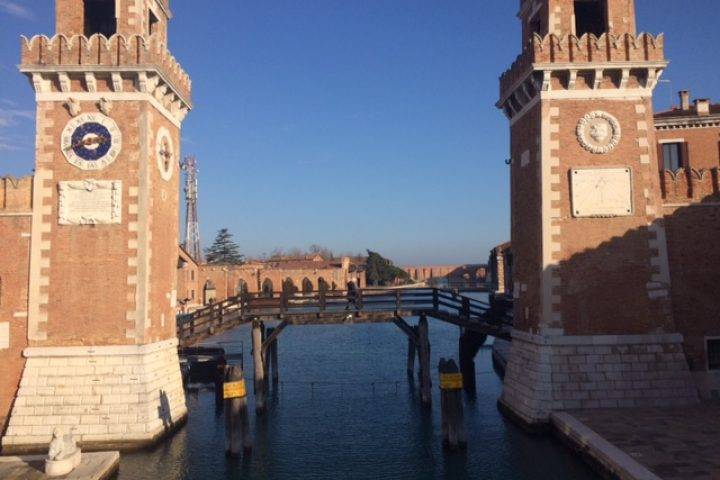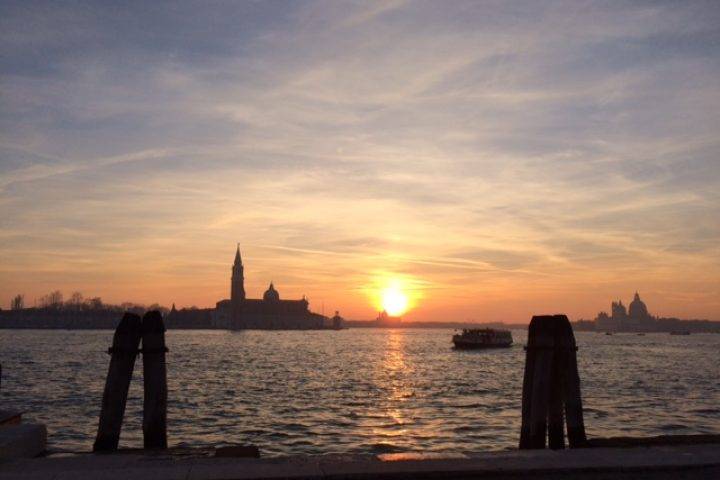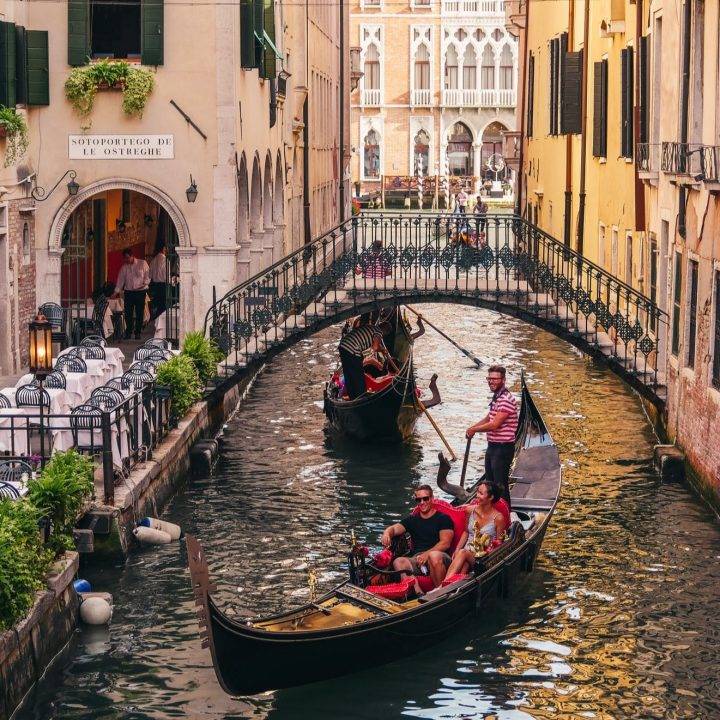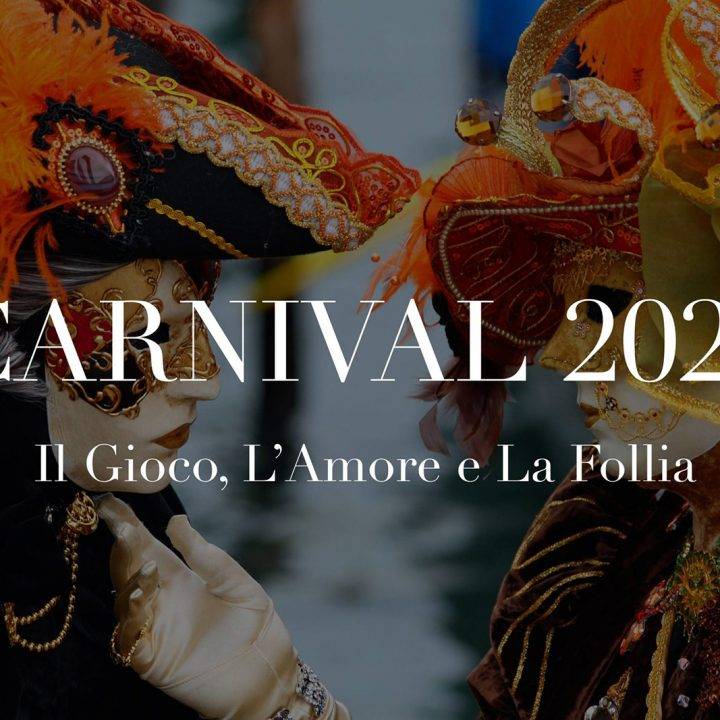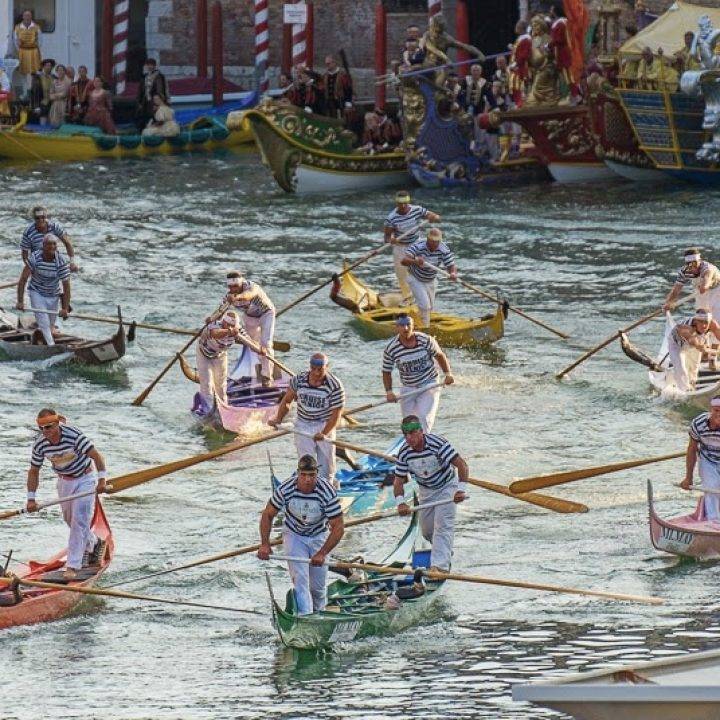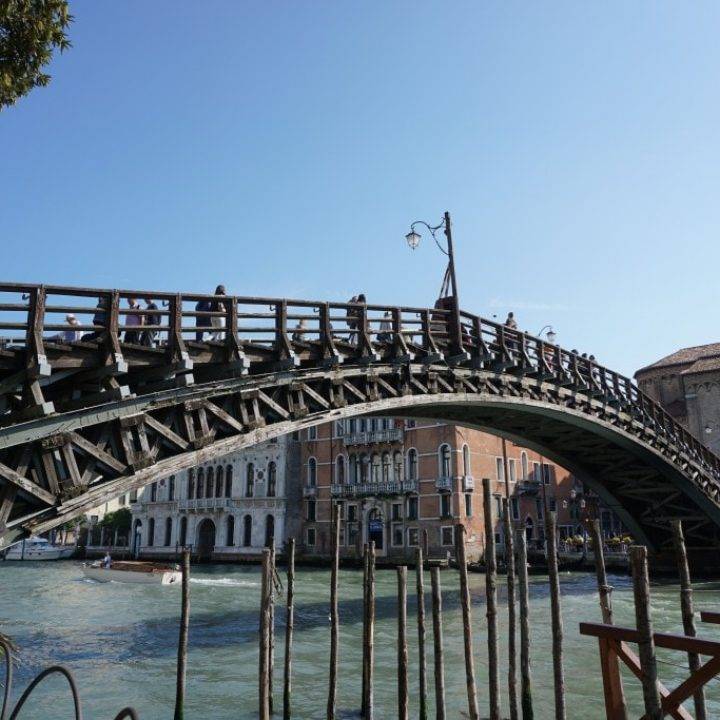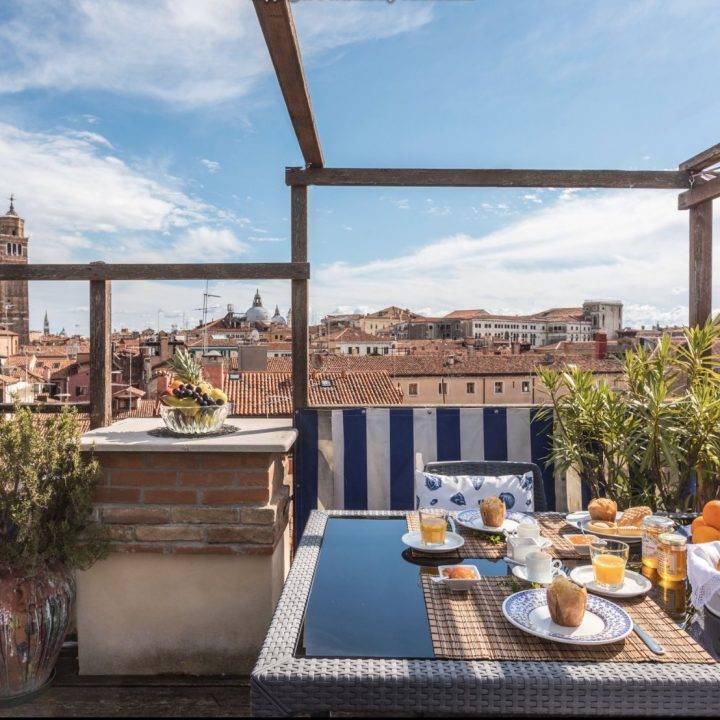As I am writing this I am beginning to realize just how much there really is in Castello, spanning from the impossibly beautiful hospital of pink marble in San Giovani in Paolo, all the way to the greenest parts of Venice, Giardini, and San Elena.
Full of contrasts it continues to surprise you. From one moment walking amongst the world’s art at the Biennale to the parallel street which will be inhabited by a slightly intimidating Venetian cat.
Castello has the sense of being self-contained. This is partly due to the fact that there are still all of the amenities, butcher, baker,candlestickmaker that are too often being replaced by mask shops in other parts of the city. But also due to the fact that it has the highest population of Venetian residence and this can be felt in the familiarity amongst the people.
In terms of personifying the sestiere it is as distinct as all the others. If Dorsoduro is the lovable adolescent, Castello is not the grandma, but the intriguing Uncle who seems austere and doesn’t say very much but you know has the best, most curious stories.
Now, this metaphor may not make sense to everyone but in other words, this area is well known for not being known. Despite being attached to San Marco, it is very rarely ventured into apart from the mistrayants (a new word I think fits the purpose), or those who have chosen to walk to the Biennale instead of taking the Vaporetto.
As it lies furthest from the station, airport and all other tourist entrance points it makes sense that it is the most inhabited by locals. On top of this, there are not the most famous grand landmarks to really pull the crowds, however, what it does have is just as unique and precious.
We would advise entering into Castello on foot rather than Vaporetto so as to feel the weight lift as you cross the invisible boundary from San Marco. Now, of course, this is not to say that San Marco is not spectacular in itself, but all of these posts are trying to give an idea of the complexity of Venice, and these two sestiers demonstrate this perfectly.
Here is a small list of a few places to stop, a few things to search for and few little-known facts:
Bragora: a stop for breakfast and people watching as the traffic is slow but constant.
Via Garibaldi: is the widest calle in Venice, which was filled in by Napoleon, along with so many others. It comes into its own in the summer afternoons.
San Giorgio degli Schiavoni: Carpaccios paintings which line that walls.
San Zaccaria houses not only Bellini but also Tintoretto and many others. Below which lie tombs of countless doges.
Museo Storico Navale: my personal favorite, there are two sections. The museum closest to the waterfront has been under renovation for almost two years but there are rumors that it will be reopened soon. Full of Venice Maritime history it gives an incredible idea of just what heights the city reached and how.
San Pietro: now another quiet corner of Venice, it was once the cities cathedral although it may come as a surprise in contrast to San Mark’s basilica which only became the official cathedral later on. It has undergone many transformations and the façade was even designed by Palladio at one point.
San Elena: is one of the largest areas of greenery in Venice, but also has a spectacular view over the lagoon, many benches line the waterfront and are perfect in the evening sun.
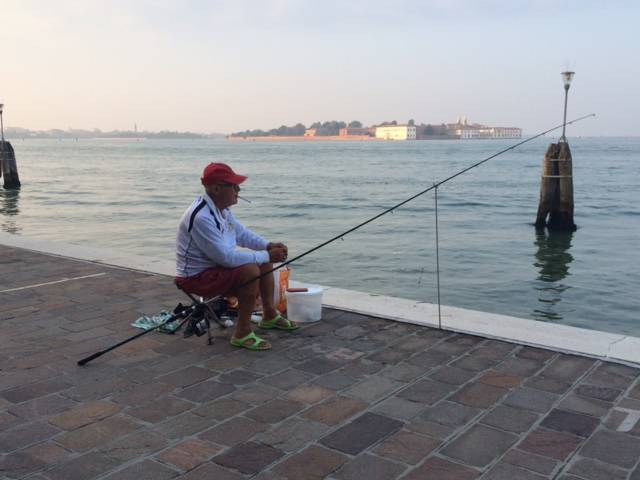
Dinner:
Trattoria Remigio –041 523 0089


